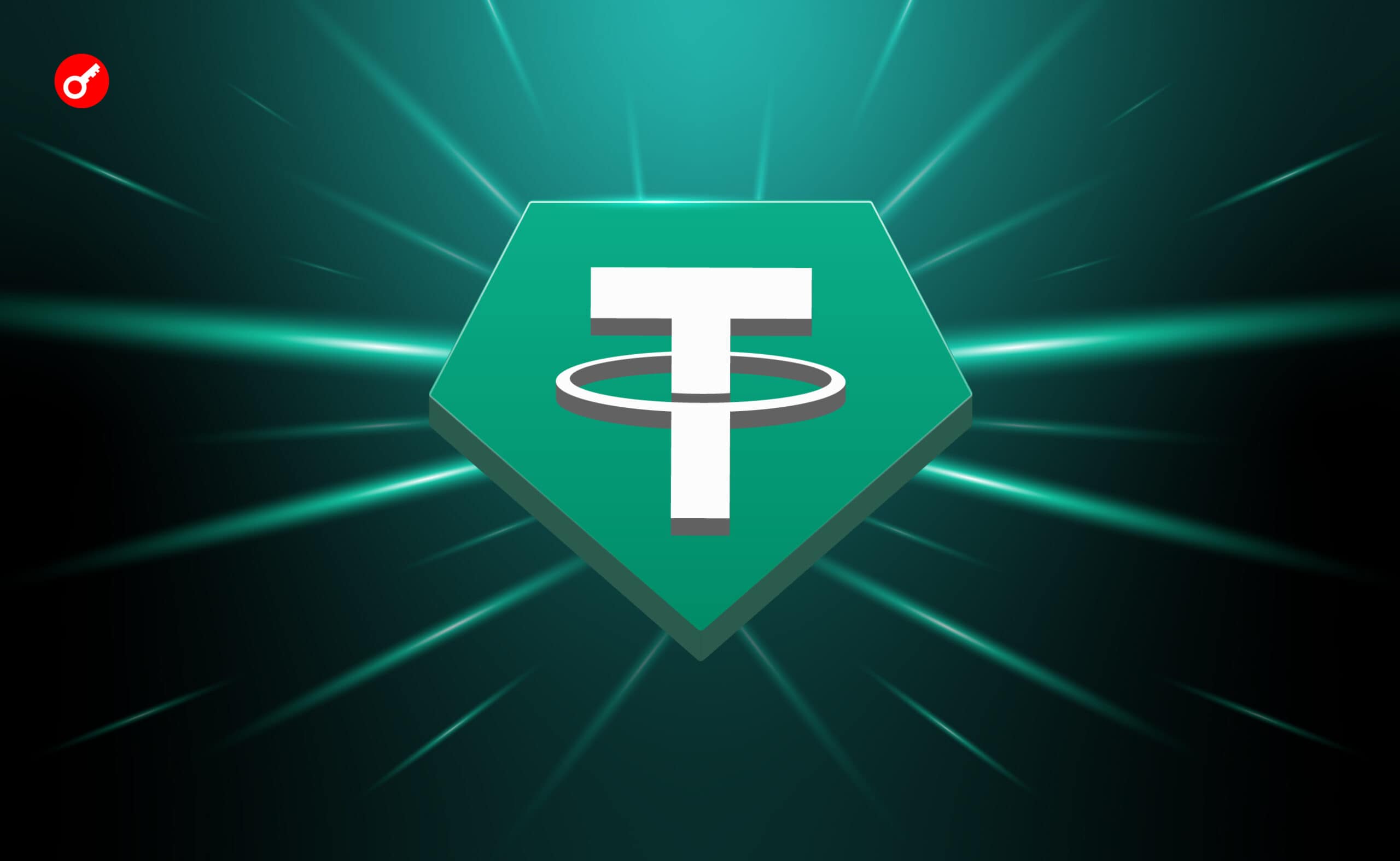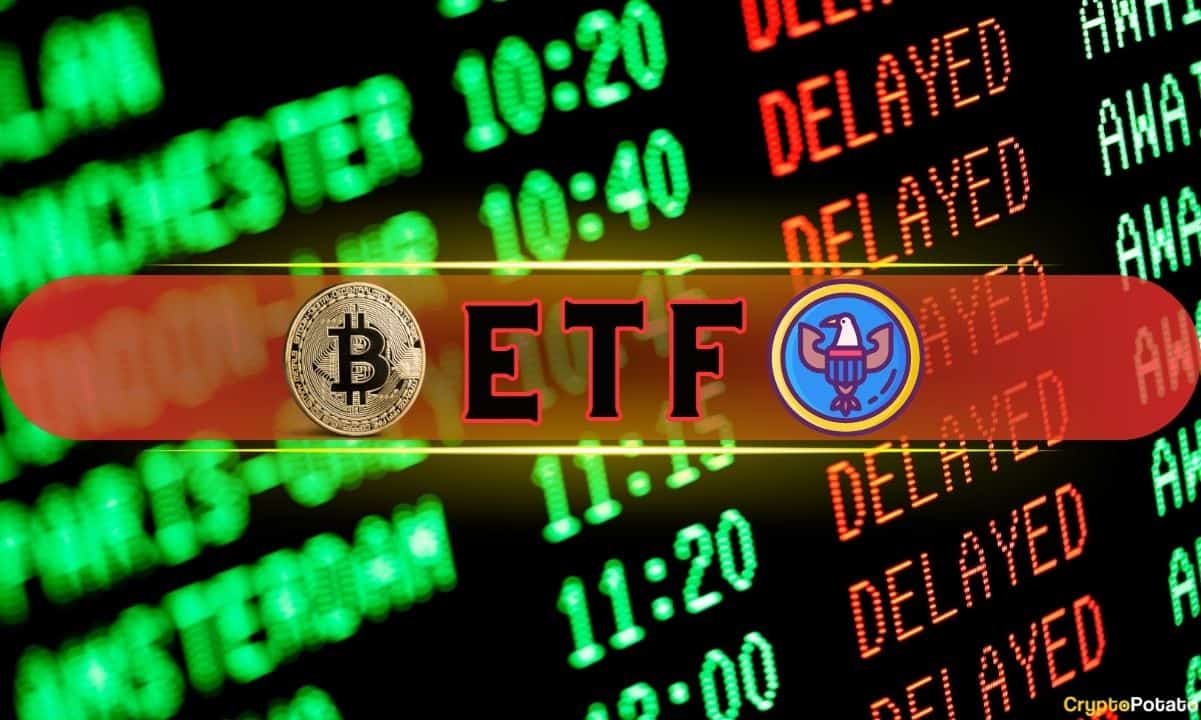Tesla (TSLA) Stock: Austin Robotaxi Fleet to Double as Global Sales Drop 7%
TLDR
- Tesla will double its Austin robotaxi fleet in December 2025, following the June launch in the city
- Tesla’s Europe sales crashed 48.5% in October while overall EV sales in the region jumped 26%
- Global Tesla vehicle deliveries expected to drop 7% in 2025 after falling 1% in 2024
- Tesla recently secured a permit to operate ride-hailing service in Arizona, expanding beyond Austin and San Francisco
- Chinese competitor BYD sold more than double Tesla’s units in Europe during October 2025
Tesla faces a tough reality. While CEO Elon Musk pushes robotaxi expansion, the company’s core car business continues to struggle across major global markets.
Tesla, Inc., TSLA
Musk announced Tuesday that Tesla’s robotaxi fleet in Austin will roughly double next month. The self-driving service launched in Austin in June and currently operates in two cities. Safety monitors still ride along in the vehicles.
The company recently obtained a permit to operate ride-hailing service in Arizona. This marks the third state for Tesla’s autonomous vehicle ambitions.
Musk previously claimed robotaxis would operate without safety drivers in large parts of Austin this year. He also predicted service in eight to ten metro areas by year’s end. Back in July, he said Tesla robotaxis would serve about half the U.S. population by the end of 2025.
The robotaxi push comes as Tesla’s traditional auto business hits rough patches. The company’s European sales plunged 48.5% in October compared to last year.
Industry-wide EV sales in Europe rose 26% during the same period. For 2025, Tesla’s European sales are down about 30%.
Competition Heats Up Across Markets
Chinese automaker BYD sold 17,470 cars in October across Europe. That’s more than double Tesla’s sales. Volkswagen posted a 78.2% EV sales increase through September, reaching 522,600 units – triple Tesla’s volume.
Tesla offers just two mass-market models in Europe: the Model 3 sedan and Model Y SUV. More than 150 electric models are available in the UK alone. At least 50 new electric models will launch next year, none from Tesla.
The company recently introduced cheaper versions of both models. The new variants cost around $5,000 less than previous versions.
China presents similar challenges. Tesla deliveries hit a three-year low in October, dropping 35.8%. Sales in China fell 8.4% through October 2025.
New competitors like Xiaomi’s YU7 have emerged as direct Model Y rivals since launching in June. Established Chinese brands like Chery also compete for market share.
U.S. Market Shows Mixed Signals
Tesla’s U.S. sales jumped 18% in September as buyers rushed to claim a $7,500 tax credit before its September 30 expiration. October sales reversed course with a 24% drop.
Global vehicle deliveries are expected to decline 7% in 2025 according to Visible Alpha. This follows a 1% drop in 2024.
Tesla’s Model Y SUV was the world’s top-selling car in 2023. The company has since slid down sales charts as rivals introduced improved EVs at lower prices.
Musk told shareholders late last year he expected 20-30% vehicle sales growth in 2025. Tesla walked back that guidance and now says growth depends on macroeconomic factors and how quickly it can add autonomy features.
The company’s focus has shifted toward robotaxis and humanoid robots. Little evidence suggests a new consumer vehicle model is in development.
Musk’s compensation package requires Tesla to average 1.2 million vehicle sales annually over the next decade. That’s about 500,000 fewer than the company sold in 2024. The exact number of robotaxis Tesla currently operates remains unclear.
The post Tesla (TSLA) Stock: Austin Robotaxi Fleet to Double as Global Sales Drop 7% appeared first on CoinCentral.
You May Also Like

Tether Will Enhance Compliance for Tokenized Assets through Partnership with Crystal Intelligence

XRP is Dead Money Until 2026: Digitap ($TAP) is the Only Way to Make Profit Now
